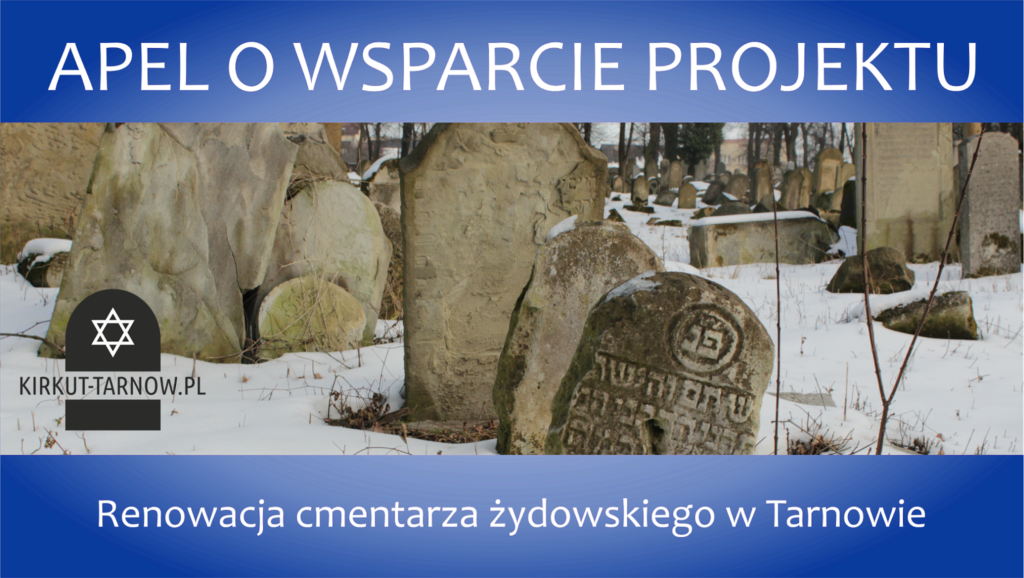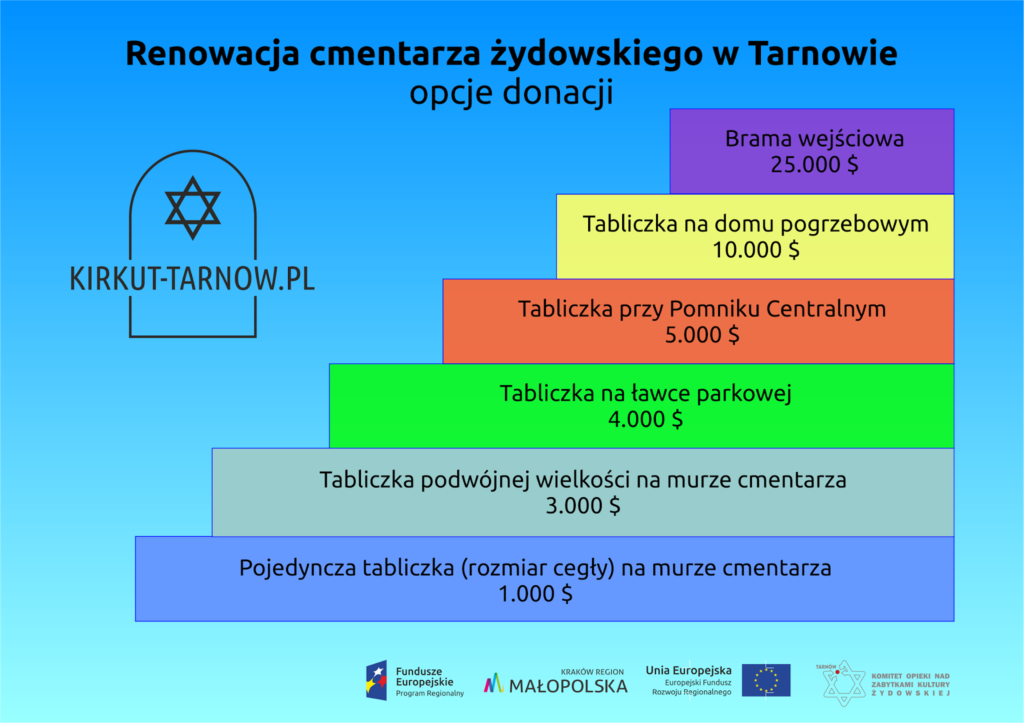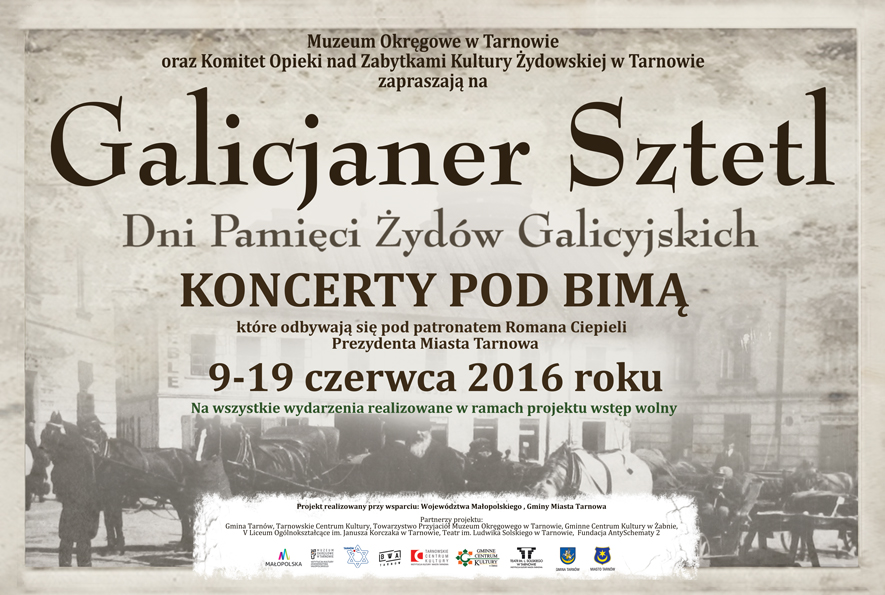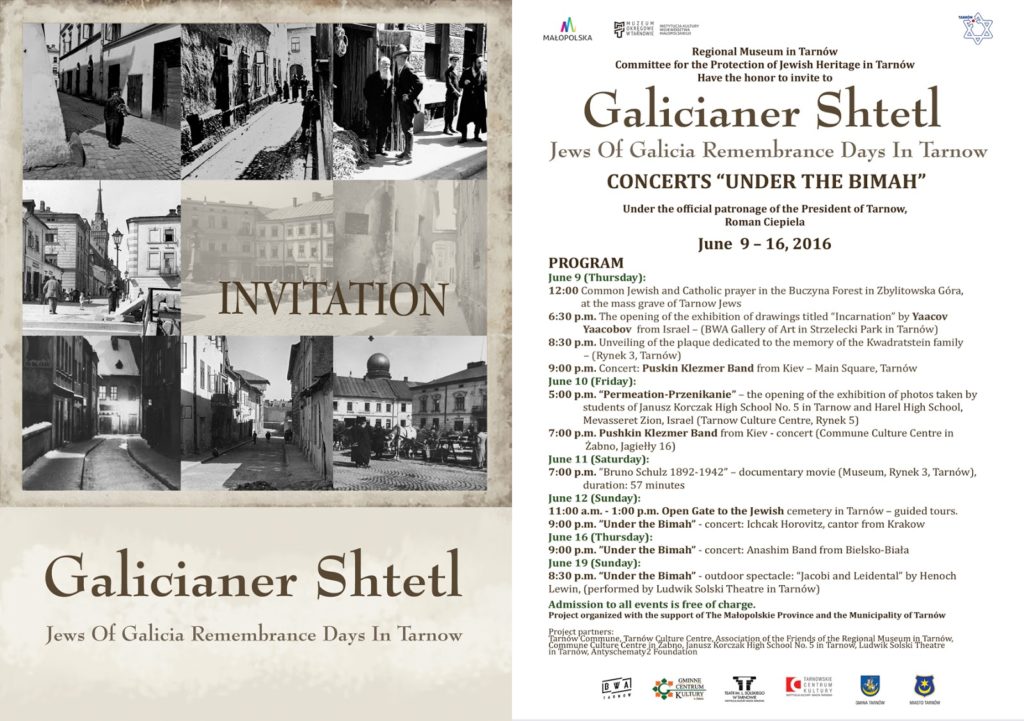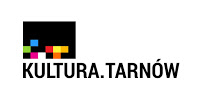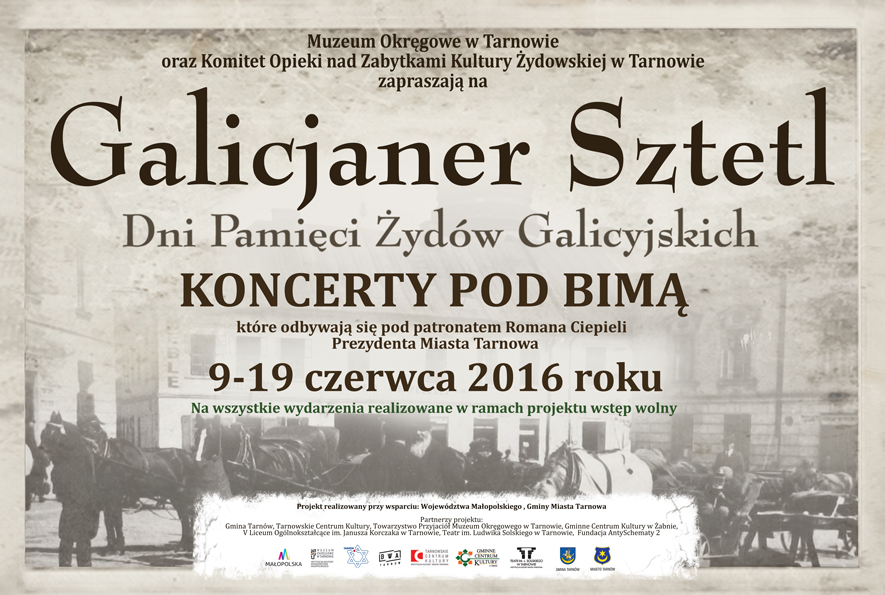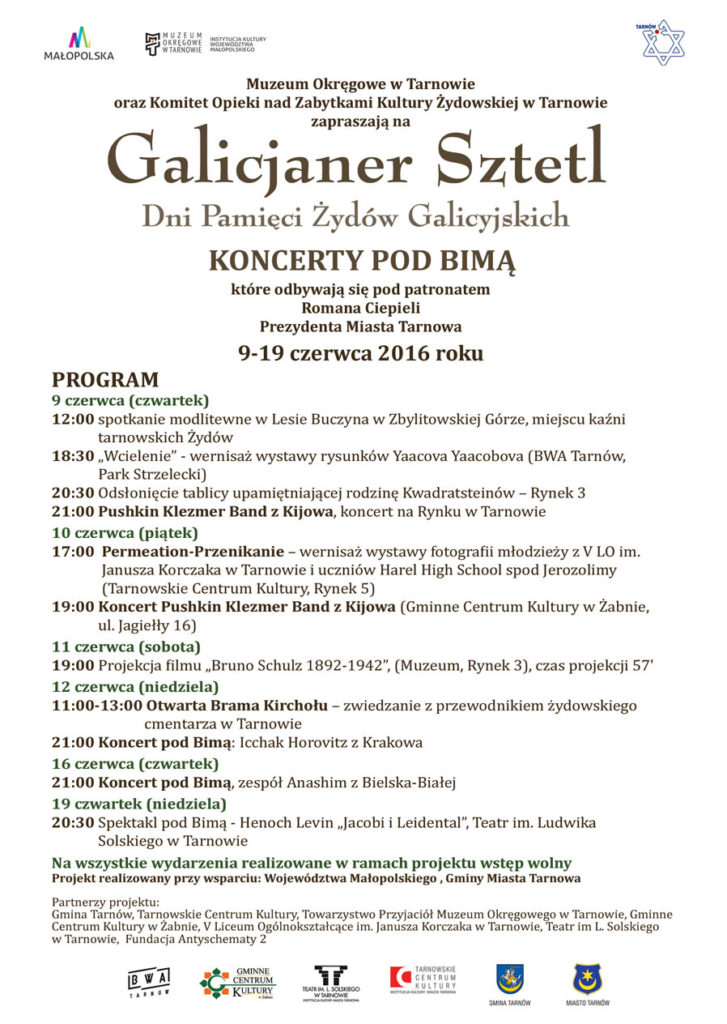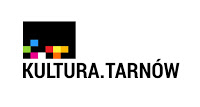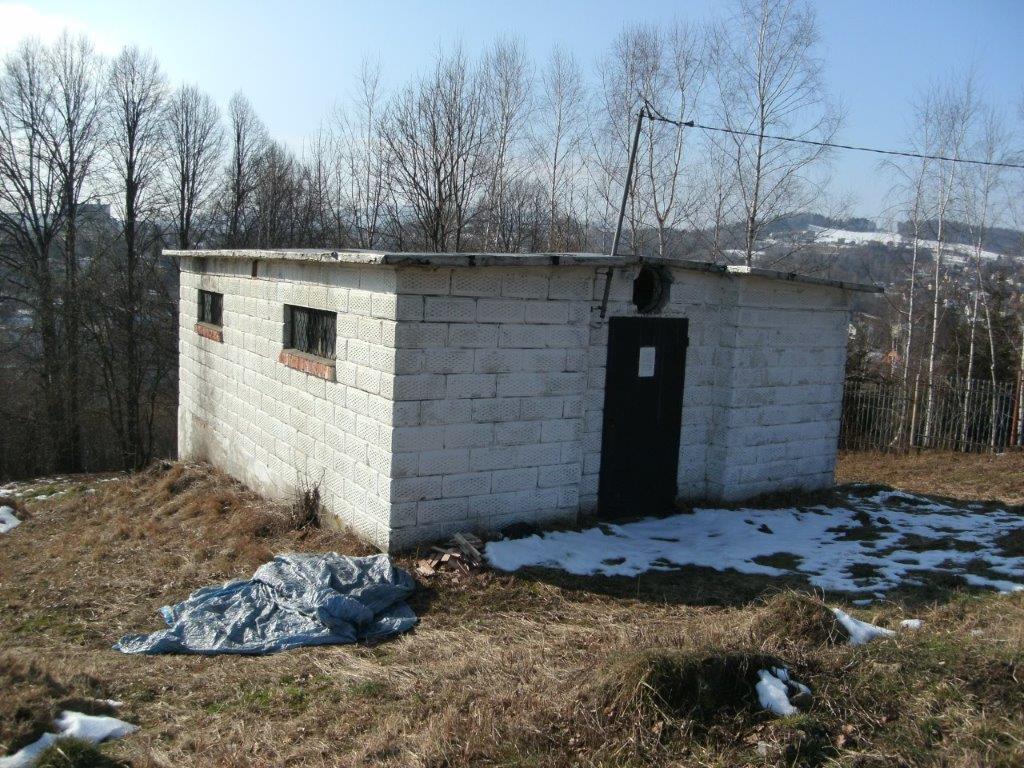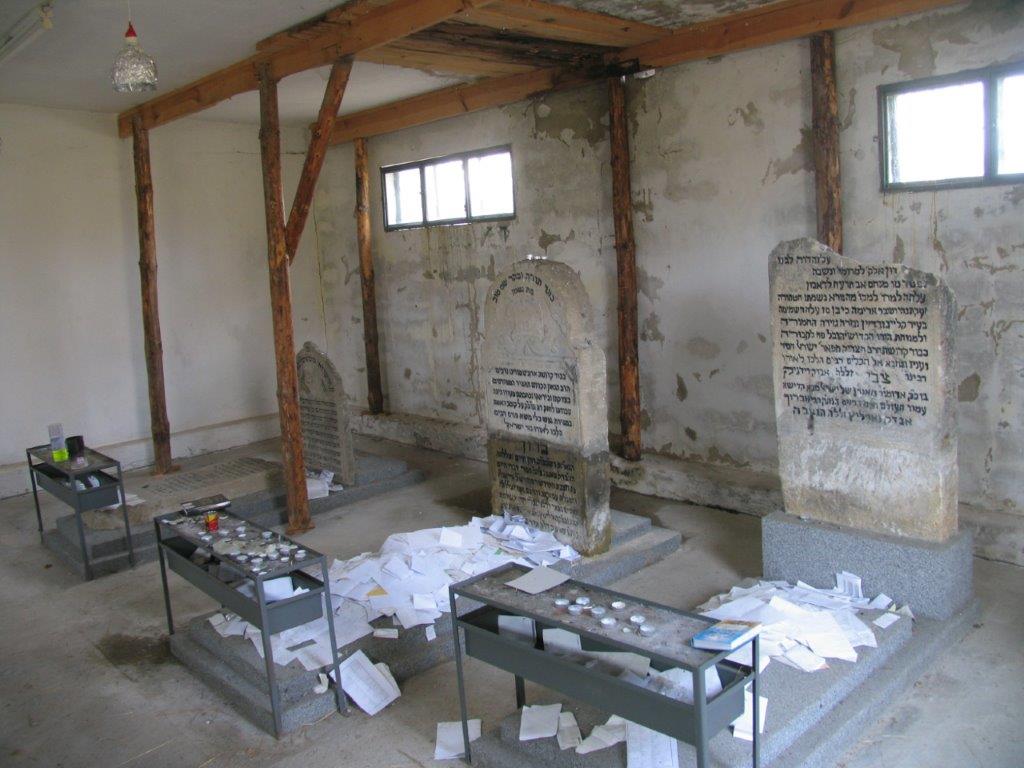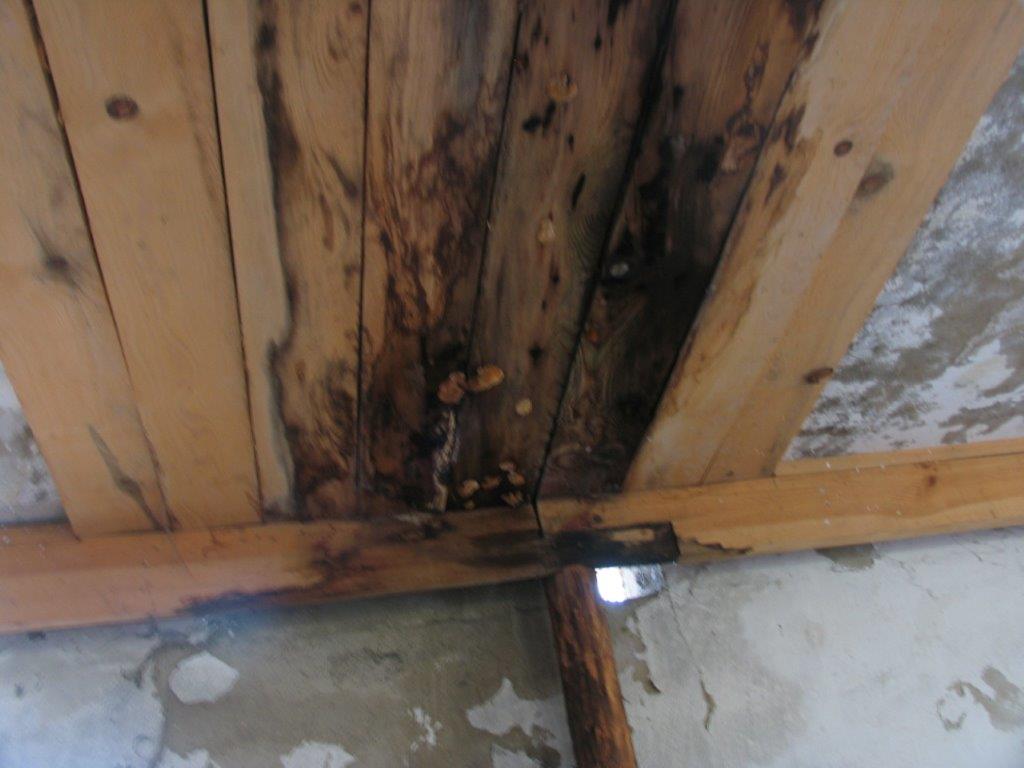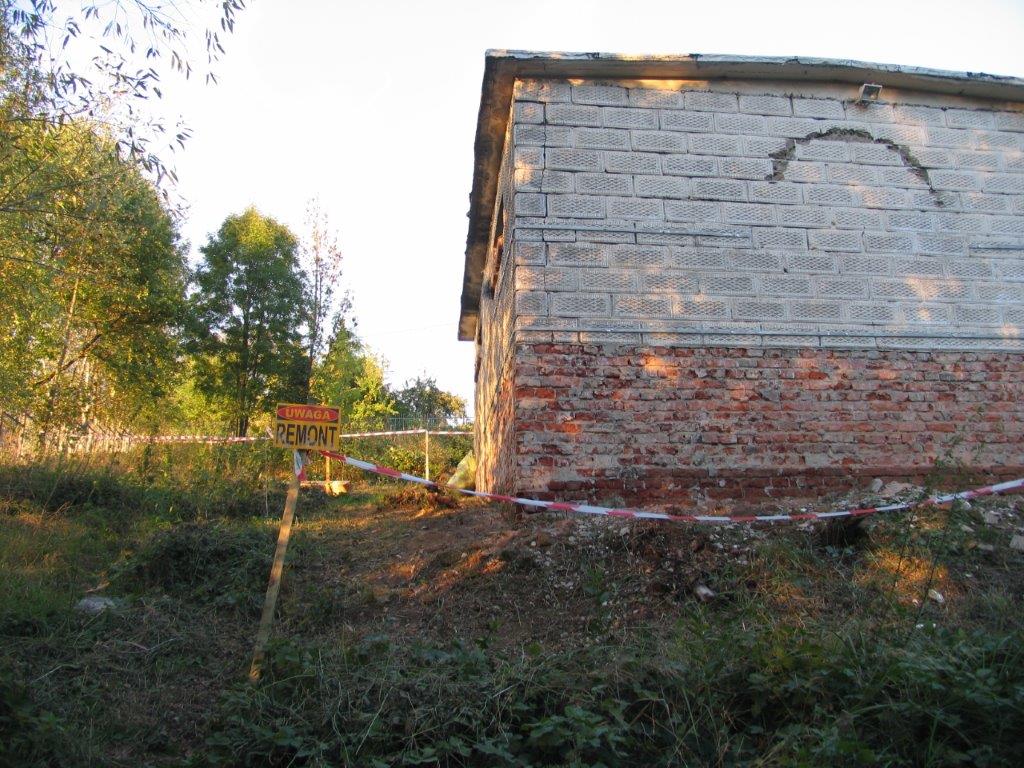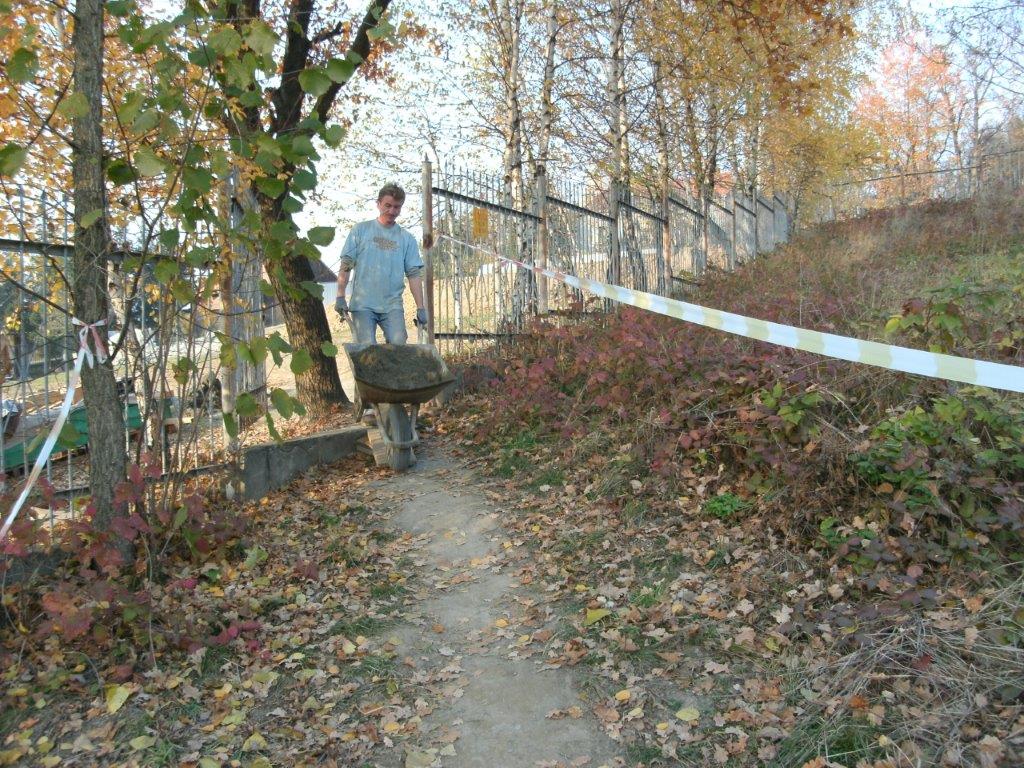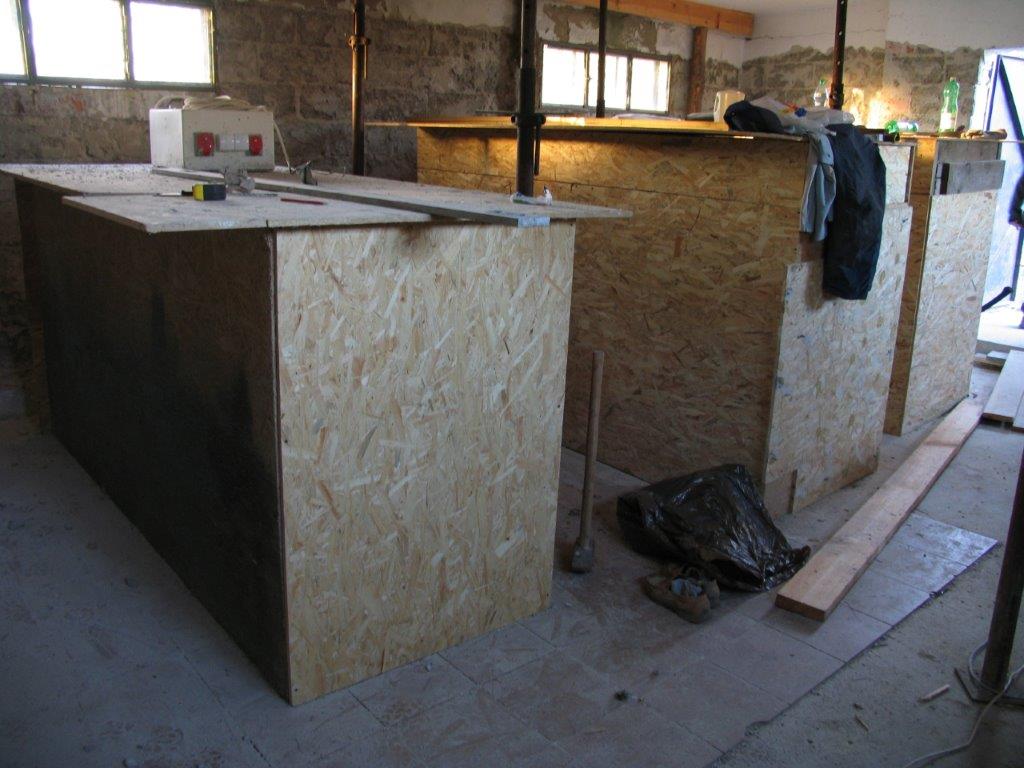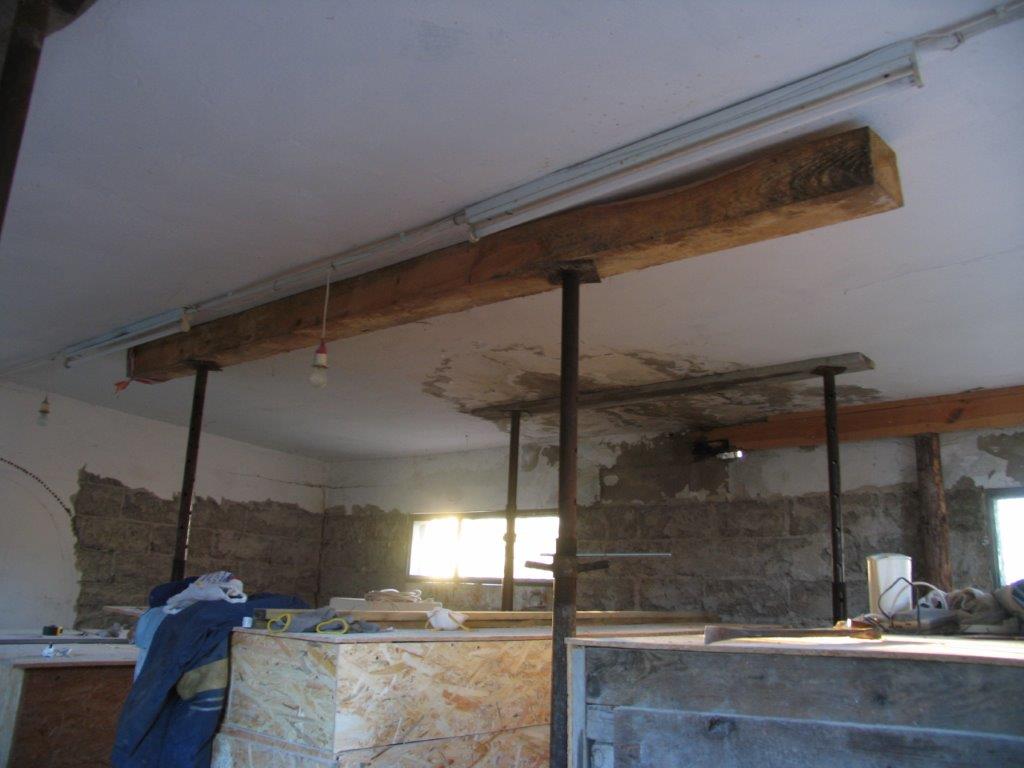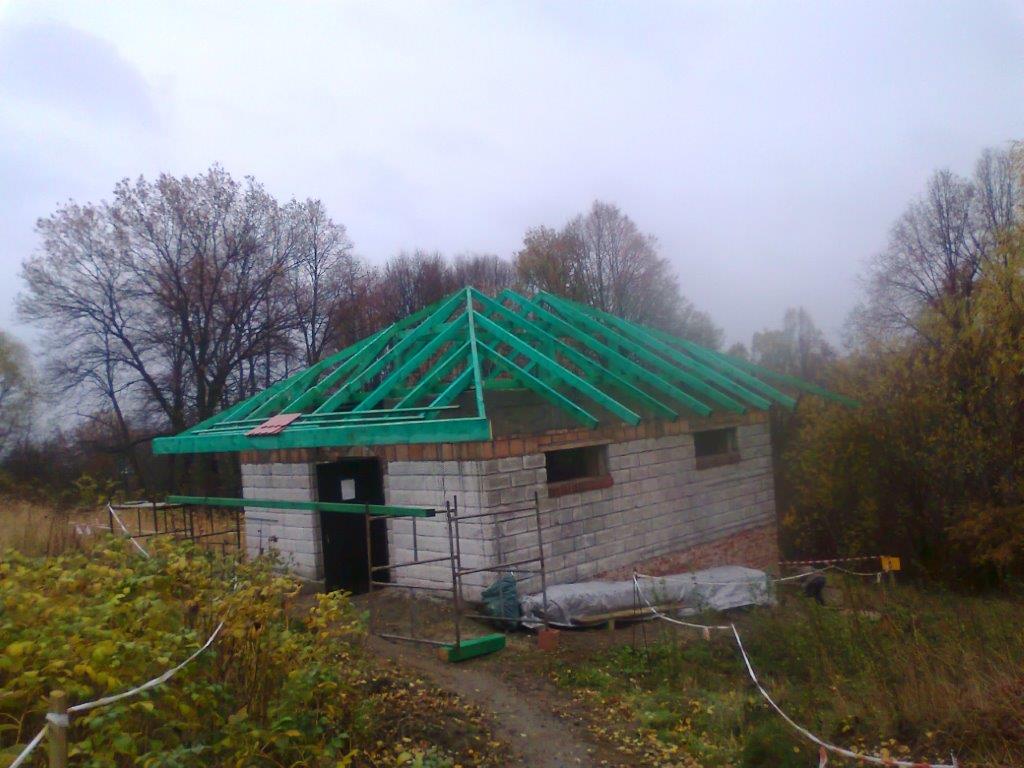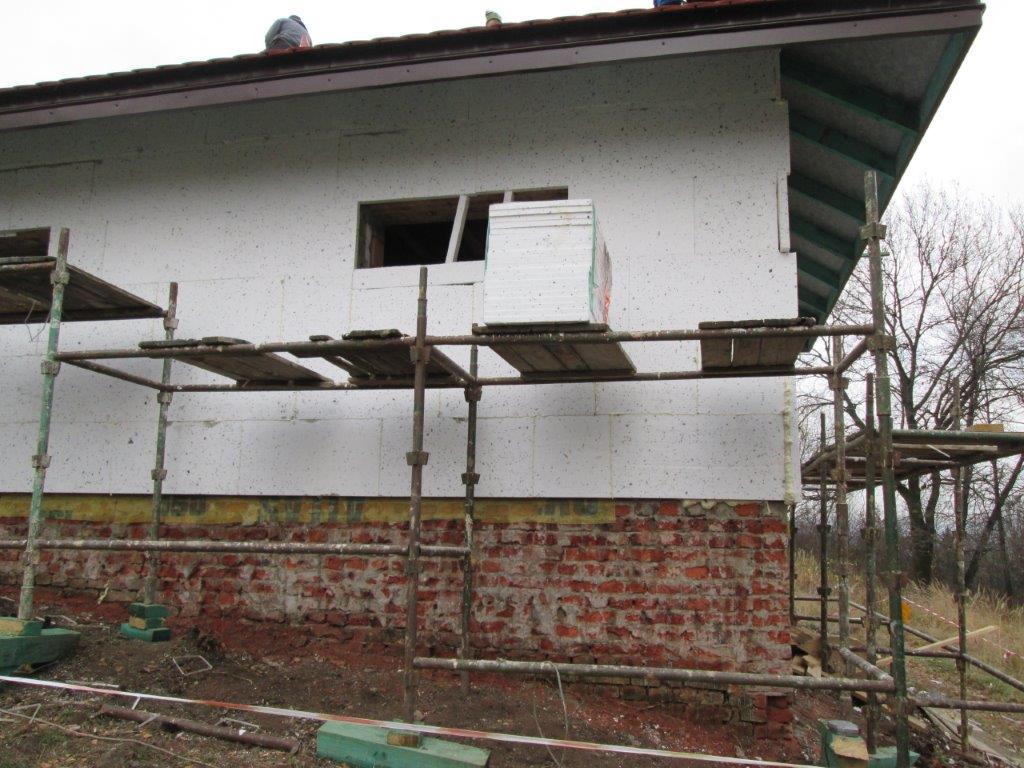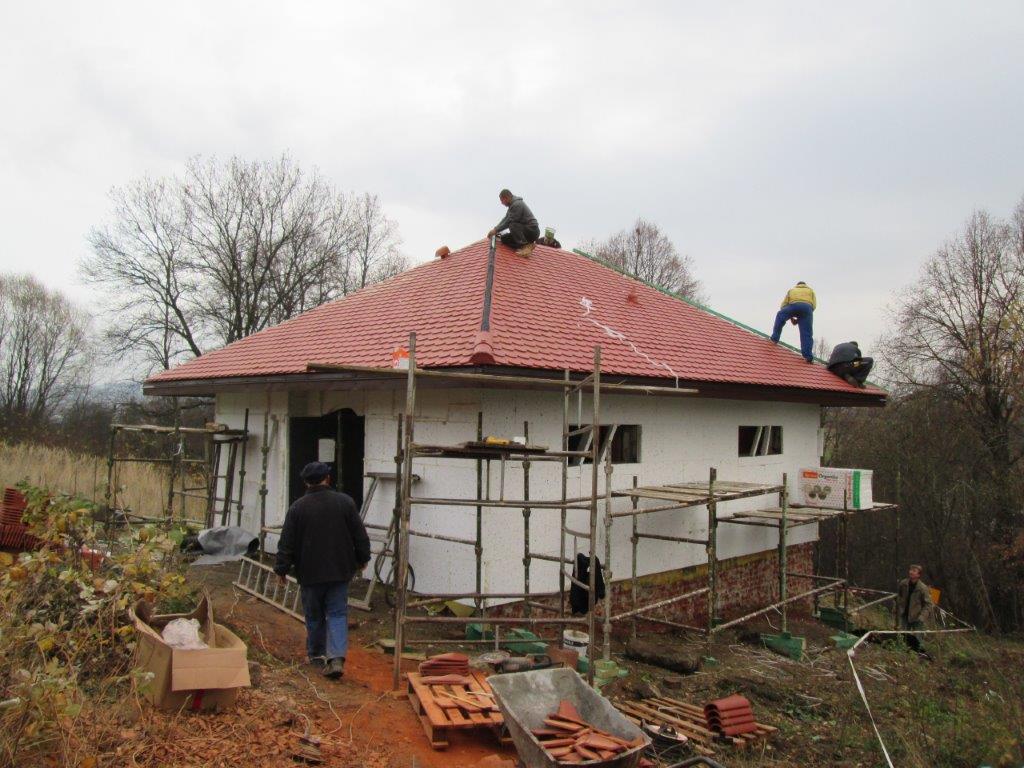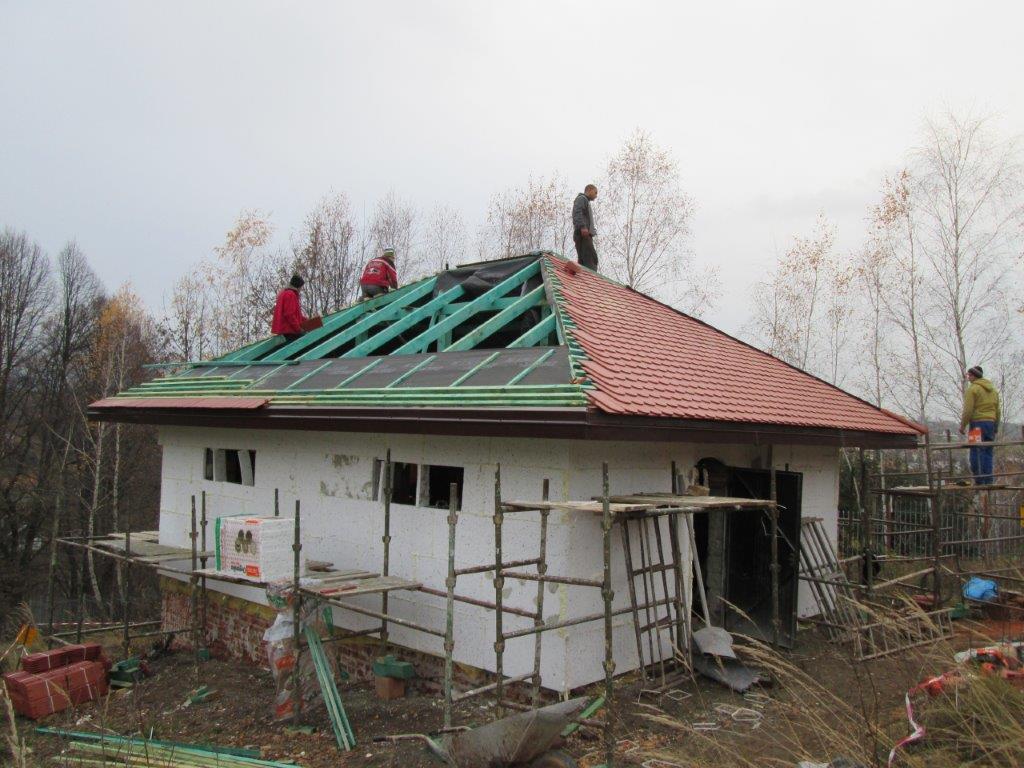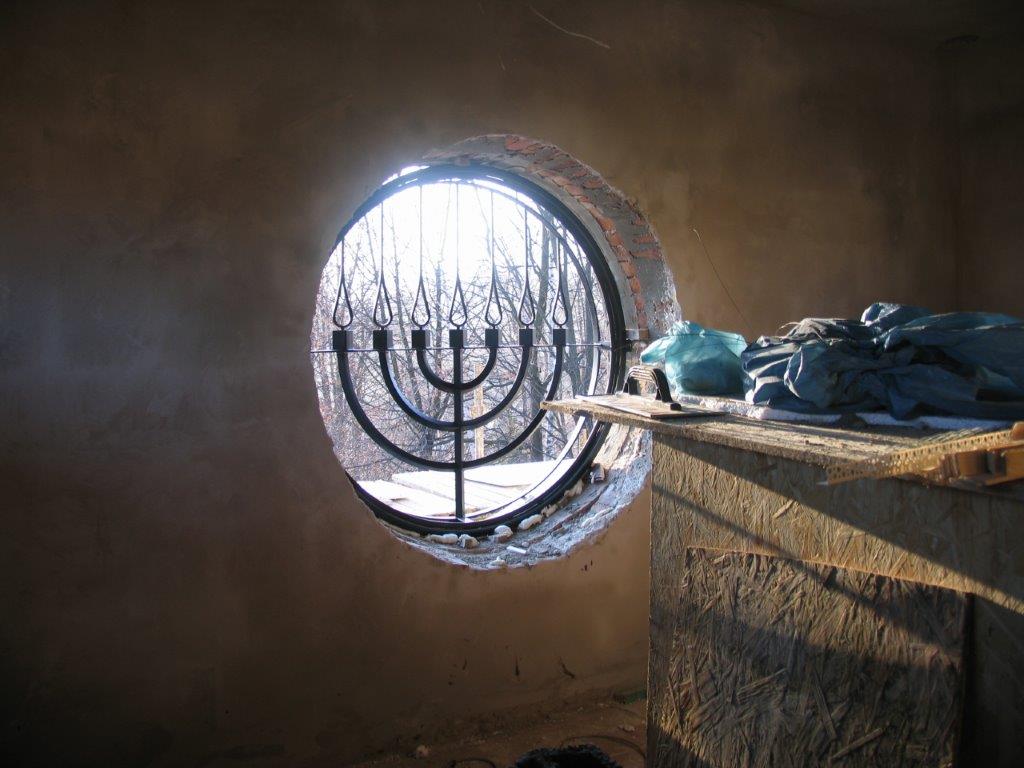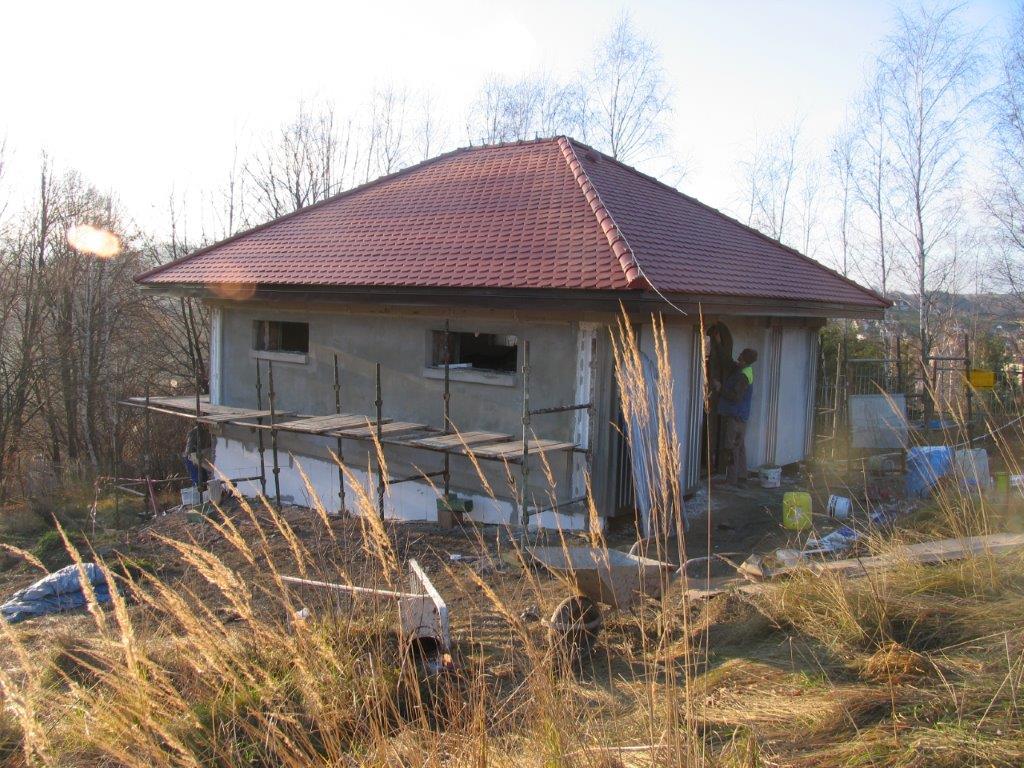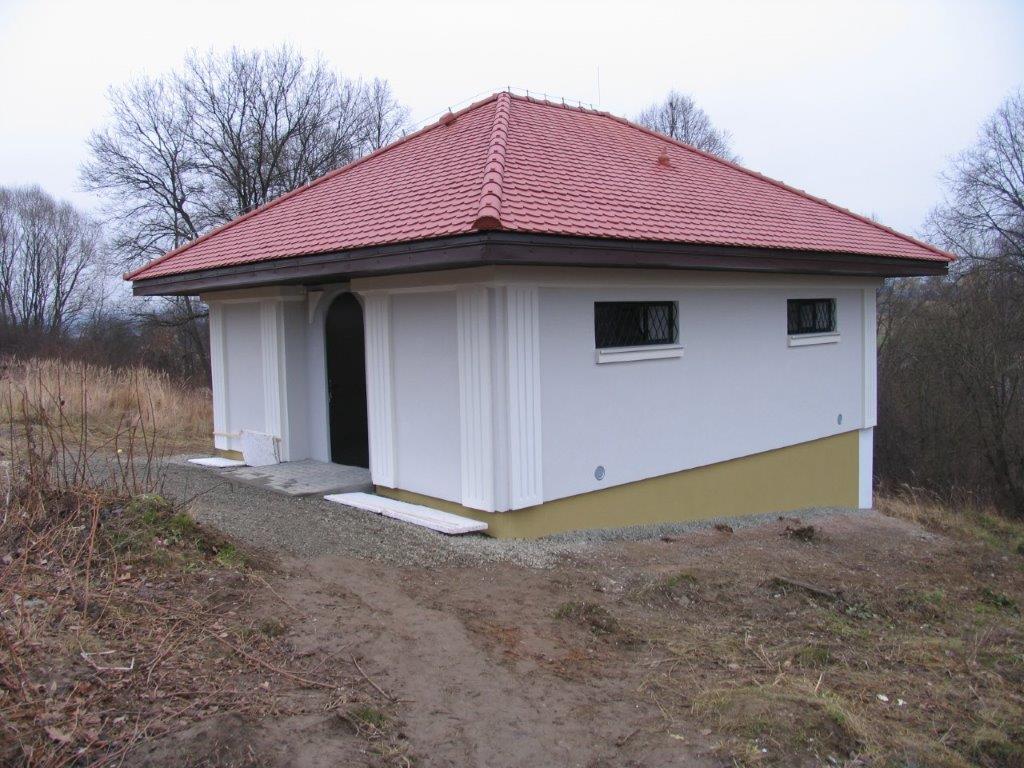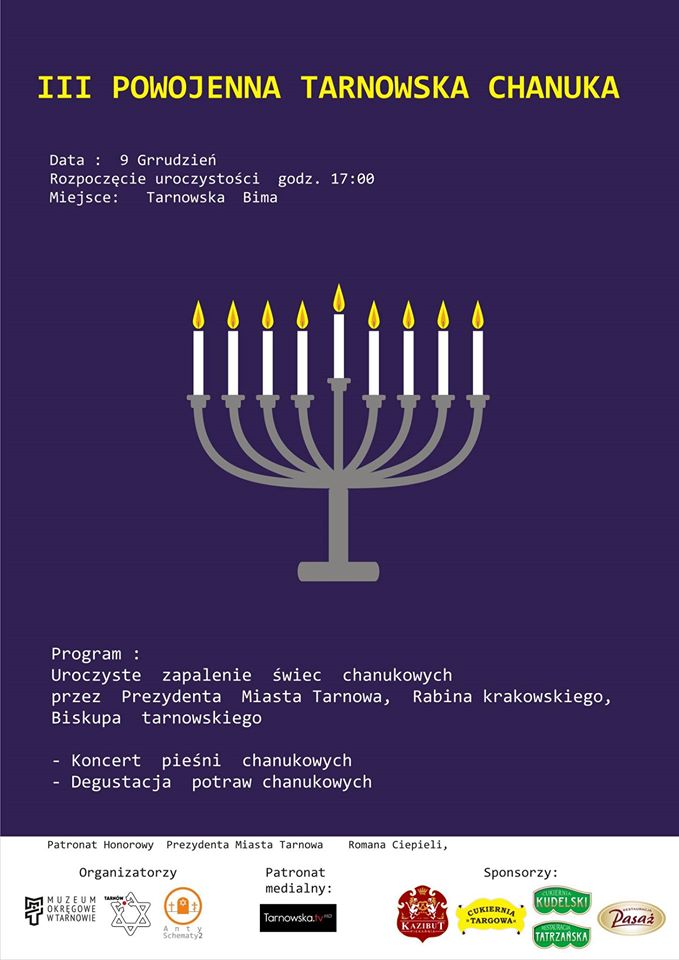Tag: Galicja
Galicjaner Sztetl 2017 – program w języku polskim
16 czerwca (piątek)
- 12:00 Zbylitowska Góra, Spotkanie modlitewne przy Pomniku Ofiar Nazizmu
- 13:00 Tarnów, Marsz Pamięci z byłego Pl. Magdeburskiego (ul. Goslara) na Cmentarz Żydowski
- 18:00 Tarnów, Otwarcie wystawy malarstwa Miny Nath (Galeria Sztyler)
- 20:30 Tarnów, wieczerza szabatowa (Galeria Sztyler)[1]
17 czerwca (sobota)
- 10:00 Szachrit: poranna modlitwa pod bimą
- 17:00 Dąbrowa Tarnowska, koncert: Kapela Brody (Synagoga)
- 20:30 Tarnów, otwarcie wystawy pod bimą „Tarnowscy Żydzi” oraz wystawy fotografii Tomasza Łabuza „Kamienne historie” (Skwer Starej Synagogi)
- 21:00 Tarnów, Koncert Pod Bimą: Olga Avigail & Zespół Tango Attack, hawdala: zakończenie szabatu
18 czerwca (niedziela)
- 11:00 – 13:00 Otwarta Brama Cmentarza – zwiedzanie tarnowskiego Cmentarza Żydowskiego z przewodnikiem
- 16:00 Ciężkowice, koncert: Olga Avigail & Zespół Tango Attack
- 19:00 Dębno, koncert: Olga Avigail & Zespół Tango Attack
- 21:00 Tarnów, Koncert Pod Bimą: Kapela Brody
19 czerwca (poniedziałek)
- 21:00 Tarnów, Koncert Pod Bimą: Krakowska Opera Kameralna ze spektaklem „Chatskele, Chatskele”
Czerwiec
Czerwiec – wrzesień
wystawa fotograficzne Tomasza Łabuza „Kamienne historie” – Skwer Starej
Synagogi – Wystawy pod Bimą
od Pasażu Tertila. Organizuje Gerald Vineberg – wstęp za specjalnymi
zaproszeniami.
Galicianer Shtetl – English programme
Galicjaner Sztetl – program polski
Mezuzah – there was a Tarnów shtetl here
 |
| The bima, remains of the Oldd Synagogue, destroyed in 1939 |
For the Jewish Tarnów was economic power. Some of the industries or branches of craftsmanship as a whole were dominated by Jews. Also, most of the houses on the main streets of the city belonged to them. Nearly 90% of the houses in the streets: Wałowa, Bernardyńska, Brodzińskiego, Goldhammer, Nowa, Szpitalna, Koszarowa, Szeroka, Burku – these were Jewish houses. Almost 100% Jewish streets were: Lwowska, Żydowska, Wekslarska. The Jews were the owners of more than 80% of stores. Their participation in enterprises shaped, depending on the industry, from 50 to 90%. In areas such as: shoe upper makings, glass industry, furrier – there were no Christians.
Until World War I, Tarnów was the largest in the Austro-Hungarian hat-production center entirely dominated by the Jewish manufacturers. Felt for hats was made by labels such as Meira Zylbersztajn, Herman Klajn as well as Kinberg and Wajs. Thousands of their products were exported to Balkan countries. Even after the war the industry still employed over 600 people.
The garment industry, the pride of the Jewish industry in Tarnów had a rich history in the beginning of which is Rajzla Rubin. In the mid-nineteenth century she dealt with the purchase of old clothes, which eventually started to bring them from Budapest herself. Around 1860, she herself started to sew Zeug trousers and jackets, selling them wholesale. Employing a number of sons and sons-in-law, this resourceful woman organized a developed industry in half a century, employing hundreds of peoplebefore1939.
Companies such as Zelig Faust, Markus, David Feld, A.L. Sztajner – reached with their goods the borders of the Austro-Hungarian monarchy. Before World War I a modern factory belonging to Shaul Brandsteatter was the first company in Tarnów on the markets of Serbia, Bulgaria and Turkey. This industry declined during the crisis of the early thirties. Number of enterprises in the town declined and most companies employed only 2-4 people. It was then that hat industry disappeared completely. Rebuilt in the following years, the clothing industry, before the outbreak of World War II employed more than 3,000 people, not counting the cottagers.
A lot of people in the field of science and culture, coming from Tarnów and the surrounding towns, grew up over the local dimension. Figure, little known among Christians and rather forgotten today,
Mordechai David Brandstaetter; a writer, poet, considered one of the fathers of modern Hebrew literature. During his life his works were translated into English, Russian, German and Yiddish. His grandson Roman Brandstaetter, is already known as a Polish poet, critic and translator.
Whence originated Leon Kelner professor of English Studies, famous in Vienna, Shakespeare interpreter. He wrote an encyclopaedia of Shakespeare and his textbooks were taught to students throughout Europe. After his death, the name of Kelner was given to one of the streets of Vienna. A Talmudist Joseph Engel was also known in the world. During his life he issued 20 volumes of interpretation of Scripture, and left to release another 90. Another prominent historian was Ignacy (Isaac) Schipper, professor of Judaic studies, economic history, the author of many, considered to this day, works of books and hundreds of articles. Another historian – to Salo Baron, known mainly in the United States as Chair of Columbia University in New York. He was succeeded by another Tarnovian Zwi Ankori (Wrobel). Adolf Rudnicki (Aaron Hirszhorn) – writer, prominent artists – Alexander Plutzer (painter), David Beker, Abba Fenichel, Henry Kerner (sculptors) also came from and lived here.
It was an important center of political life. Here were associates Theodor Herzl – Leon Kelner, Abraham Salz, Chaim Najger. Hence came haluce – founders of one of the first pioneer settlements in Palestine, Mahanaim village in Galilee (1898).
A socialist, then communist Karol Sobelson was not a very liked figure. When, however, as Karl Radek he became a close associate of Lenin and editor of the Truth and Izvestia (Prawda i Izwestia), people began to boast such a countryman.
Jewish Tarnów, however, first and foremost comprises of religious Jews. All shades and different forms of orthodoxy. From emancipated Zionists, who have to maintain ties with the rest of the Jewish community at least once a year on Yom Kippur visited a synagogue, through progressive Maskilim praying in a modern synagogue Tempel (Anna’s Street in Tarnów), to the casual religious Jews for whom the place of worship was a huge Nowa synagogue (Jubilee, named after Franz Joseph is situated in Nowa Street) and finally – probably they were the most numerous – the whole Hasidic crowd all shades and directions, followers of the tzaddikim in the whole territory of the Republic of Poland. Among the crowd Hasidims from Nowy Sącz and Bobowa naturally dominated. They were terribly conflicted with the Jews from Sadogóra. Minor groups prayed in little temples in Dzików, Bojanów, Ostrowiec, Bełz, Bielsko Biała and in other places, which are forgotten even in the memories.
It is impossible to describe in such an occurrence or to describe wider this former Jewish Tarnów. Let these few images be enough, as a sketch of that departed world. A world that after the destruction was mentioned by Abraham Chomet, the last chairman of the Jewish community in Tarnów, in Tel Aviv: Perhaps it was the only city in the Republic of Poland, where in the Town Council citizens of different nationalities and religions worked in peace and harmony for the common good. Just mention that the budget estimated for the years 1930 to 1931 was presented by the councilor Shlomo Goldberg. In this budget subsidies for the various cultural and social institutions for the amount of PLN 80 000 were established. This was 56% for Catholic institutions, 44% for Jews. At the same each ethnic group separately was left with the right to allocate these subsidies.
Could we imagine how these relations would have been arranged today – would it not be for the destruction of half of the community in Tarnów?
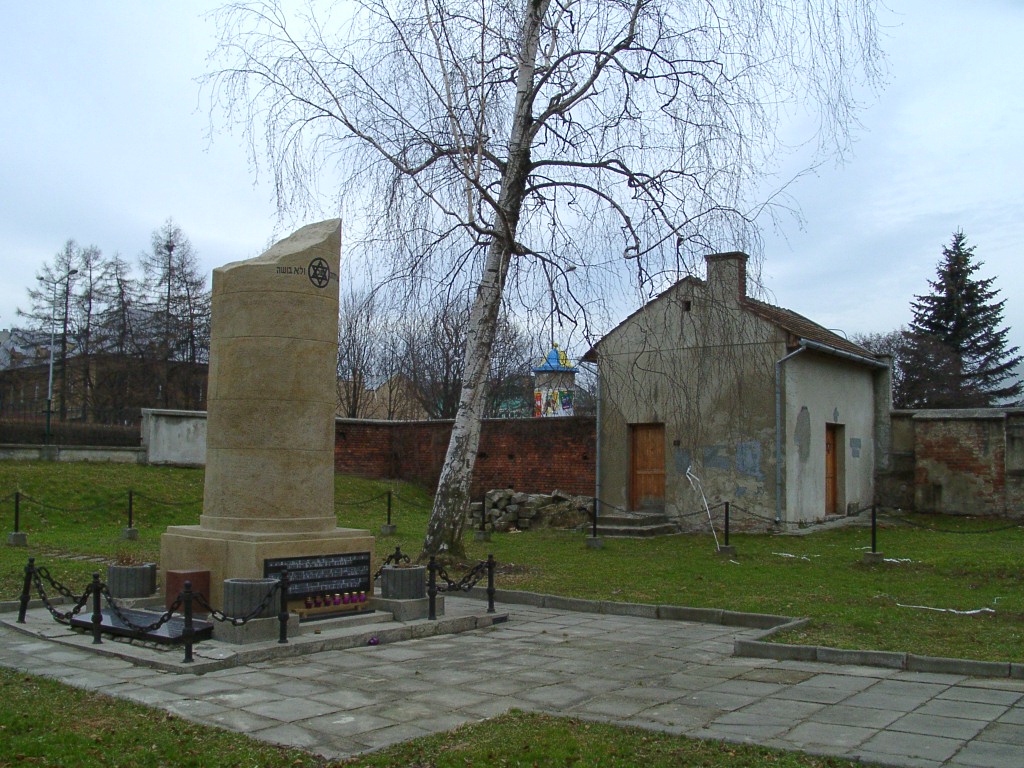 |
| Jewish cemetery in Tarnów with monument: the remains of column from New Synanogue, destroyed ib 1939, phot. Adam Bartosz |
 |
| Galicianer Shtetl, concert under the bima, phot. Adam Bartosz |
Mezuzah – the promotion of the remains of Tarnów shtetl
Established contacts with Tarnów Jews in Israel and other countries, as well as with Jewish organizations, including tourist agencies have resulted in an increased tourist traffic of Jewish groups in Tarnów. Since the second half of the 90s, tours of Israeli youth, which more frequently involved the Tarnów program, were exploring a previously developed scheme (Warsaw – Majdanek – Krakow – Oswiecim), and the sightseeing made use of the guide issued by the Museum. An important role in the popularisation of Tarnów among the organizers of these trips plays the ambassador David Mordechai Palzur, who was born in Tarnow (as Marceli Plutzer), appointed to the post as the first after the resumption of Polish relations with Israel, in Warsaw (1986). Successive ambassadors have taken over his interest in Tarnów, which has been of great importance for the promotion of the town among Israelis. And with the initiative of the Museum/Committee Ambassador Palzur received in 2003 the title of Tarnoviae Merentis awarded by the Foundation of the Jan Tarnowski to Tarnów prominent residents for promoting the town abroad. Of the three aforementioned monuments associated with the presence of Jews in Tarnów (cemetery, bima, steam/mikvah) in a particular way the memory, promoting of two was managed to be restored: the cemetery and the bimah. The cemetery has become the primary place of particular care. Regardless of the sources of the funds the Comitee coordinates and oversees all work for the renovation and maintenance. Today, it is almost completely the area ordered in terms of green area. Since 2005, under an agreement with the local Department of Criminal sentenced are employed at the current streamlining work here from May to December. In 2005, the guide around the Jewish cemetery (Tarnów’s Jewish cemetery) was developed, and in the same year under the Małopolska Gościnna program, it was laid out to the cemetery trail (signs in Polish and English language) which have enabled self exploring. That same year, the memorial to the exterminated victims that stands at the gate of the cemetery, and the previously destroyed mortuary were renovated. Special guests at the cemetery are students who, under the guidance of teachers report within a year the interest in visiting the cemetery. The flagship project, implemented since 1996 by the Museum together with the Committee, is the Jews of Galicia Remembrance Days in Tarnów, which since 2005 is called Memorial Days of Galician Jews „Galicjaner Sztetl”. This project is initiated every year around the anniversary of the so-called first liquidation action, which took place on 11 – 18 June, 1942. This project, which consists of all kinds of cultural events has helped to promote two places associated with the Tarnów’s Jews. Bima, mentioned herein many times, became a special place, in its vault artists exist indeed within the framework of the night Concerts at Bima it gathers the audience in the open air of 150-300 listeners. Another place that existed on the map of cultural events in Tarnów is a place of memory in Zbylitowska Gora, near Tarnów. It is here, in the forest called Buczyna Germans killed citizens of Tarnów, the vast majority of them were Jews. It is reported that during the above-mentioned first dissolving action, during the very week of June 1942, about 6000 people, including 800 children from orphanages were executed in here. A monument raised after the war speaks of „victims of Nazi terror”. Next to it, the silhouettes of several Jewish mass graves symbolically bearing inscriptions in Polish and Hebrew are visible. This place was almost forgotten for many years after the war, only on the anniversary of the outbreak of war, school children came to light candles at most. Since 2000, the Jews of Galicia Remembrance Days in Tarnów have been inaugurated with the participation of school children, the assists of uniformed students of one of the high school of a military profile, and also the presence of Jewish and Catholic clergy. Including this place in the program of events organized by the Museum/Committee has inspired the local authorities to a particular concern for the place for continuous surveillance and maintenance of good order of this place. It needs to be added that this is also one of the places frequented especially by the Jewish/Israeli tours.
Above mentioned activities of Hebrew Subject have influenced, among others, subjects of a number of seminar, undergraduate, graduate papers, school, and photographic competitions. Several methodology conferences for teachers were organized in Tarnów, and the museum has prepared exhibitions on Jewish topics during this time. Today, the majority of the inhabitants of the many remnants of the Jewish inhabitants of Tarnów, which until recently were passed without a deeper historical reflection, are readable and understandable documents around erstwhile Tarnów shtetl.
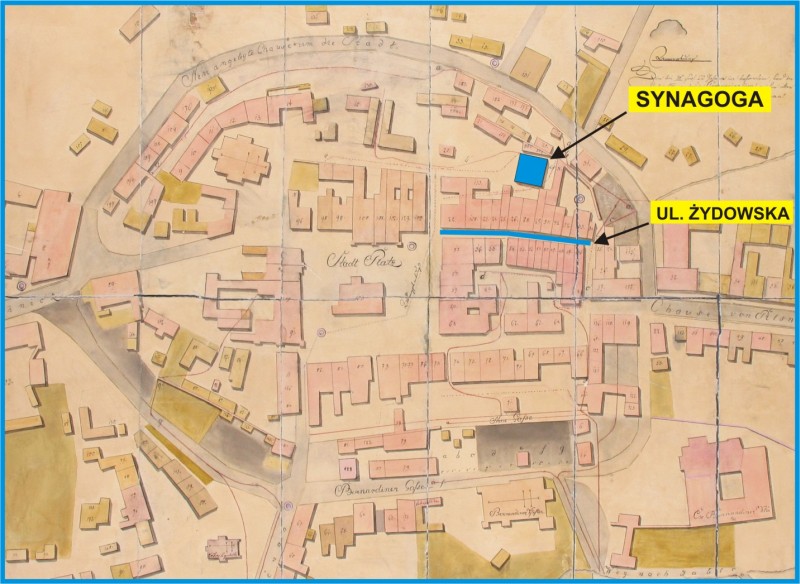 |
| City plan, XVIII c. |
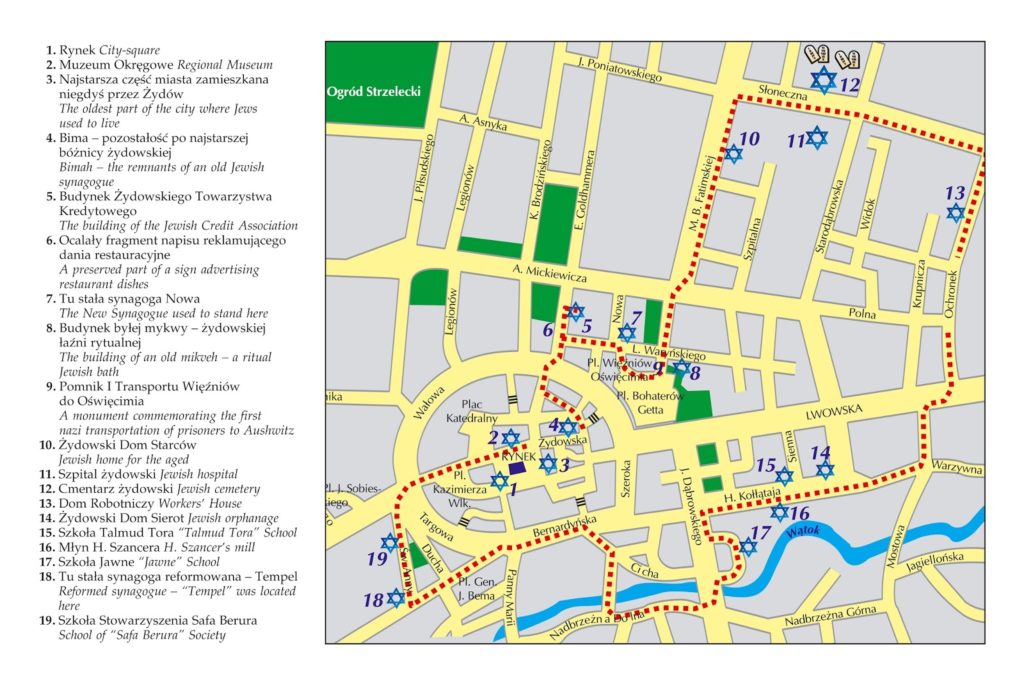 |
| Jewish tour in Tarnów |
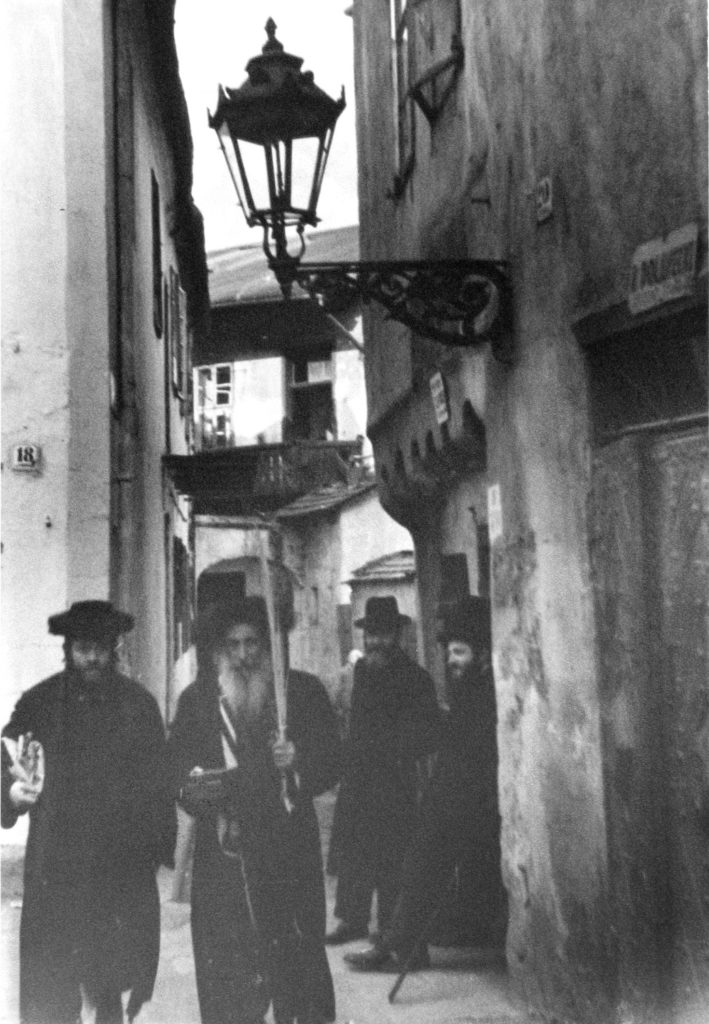 |
| Tarnów Jews, Feast of Sukkot |
Updated information about date of Galicjner Sztetl!
Dear Friends,
Drodzy Przyjaciele!
 |
| Fot. arch. Muzeum Okręgowego w Tarnowie |
Restorig of the ohel in Gorlice / Remont ohelu w Gorlicach
cemetery in Gorlice was found in mid 17th century on a steep side of a hill. It
occupies over 1,5 hectare. Famous rabbis are buried here and an ohel was built
over their graves.This ohel as the whole cemetery was destroyed by the Germans.
In the 60’s of the previous century a new ohel was built. The building material
that was used back then was of a very bad quality so although in 1995 the ohel
was repaired but its conditions deteriorated in last few years. It’s flat roof
was especially in need to be repaired.
from New York who is known for his efforts to restore Jewish cemeteries, the
ohel was not only restored but it received the original shape. It’s project was
done by a local architect, Tomasz Pruchnicki, the building inspector was Leszek
Hyńda. All the actual works were done by Eltar company from Tarnow and
the Committee… was the investor.
of Pinchas from Korc and the Rav for Kosovo
offspring of a founder of the famous Chassidic dynasty from Nowy Sącz
Rav
w Gorlicach został założony w połowie XVIII wieku na stromy zboczu. Zajmuje
powierzchni ponad 1,5 hektara. NA cmentarzu tym pochowano sławnych rabinów
gorlickich, nad których grobami zbudowano ohel. Ohel ten został, wraz z całym
cmentarzem zdewastowany przez Niemców a w latach 60. ub. wieku został
odbudowany. Wzniesiono go wtedy z bardzo marnego materiału, i choć w 1995 roku
obiekt nieco poprawiono, w ostatnich latach stan jego stał się rozpaczliwy.
Zwłaszcza płaski dach wymagał wymiany, przeciekał i groził zawaleniem.
inicjatywy znanego w Polsce ze swej aktywności w zabiegach o remonty cmentarzy
żydowskich nowojorskiego chasyda Dawida Singera ohel ten został w jesiennych
miesiącach 2015 roku wyremontowany, przy czym nadano mu formę, jaką miał przed
zniszczeniem – z kopertowym dachem krytym dachówką. Projekt wykonał gorlicki
architekt Tomasz Pruchnicki a inspektorem budowlanym był Leszek Hyńda Prace
remontowe wykonała tarnowska firma budowlana ELTAR a inwestorem był Komitet
Opieki nad Zabytkami Kultury Żydowskiej w Tarnowie.
gorlickim ohelu spoczywają:
Eleazara (zm. 14.02.1901) – potomek Pinchasa z Korca i cadyka z Kosowa
potomek słynnego założyciela dynastii chasydzkiej w Nowym Sączu,
24.07.1918) – rabin i cadyk.
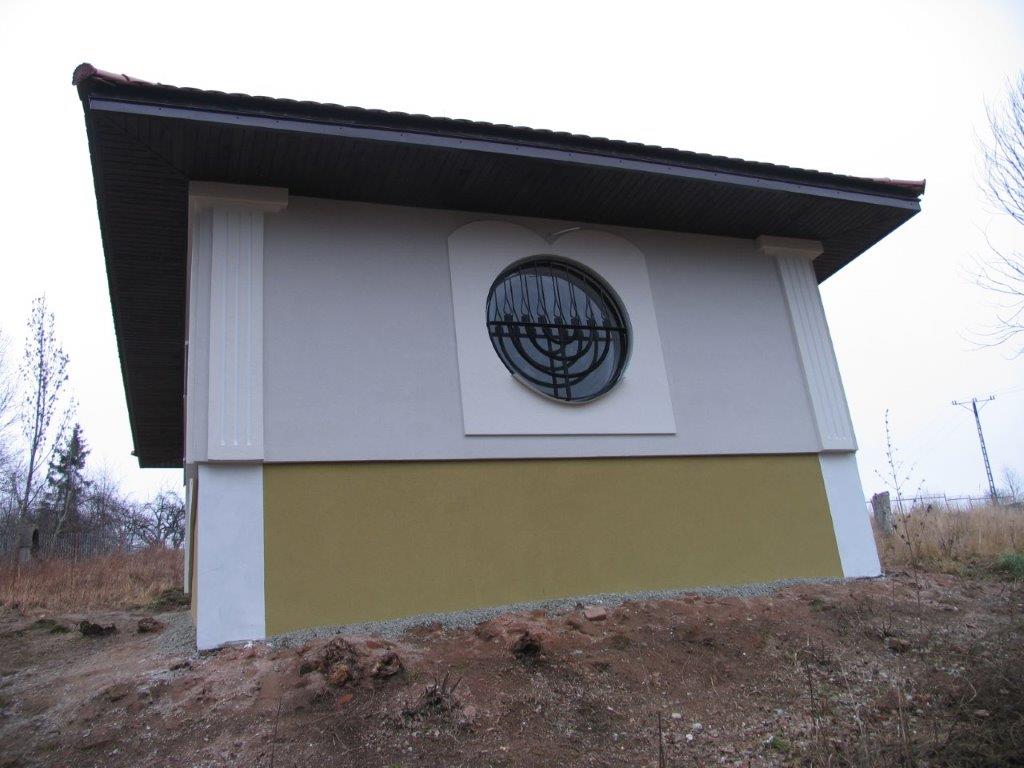 |
| Fot. A. Bartosz, 2015 |
III powojenna tarnowska chanuka
Chanuka 2015
W II w p.n.e. Państwo
Żydowskie znalazło się pod okupacją pogańskich władców grecko-syryjskich
Seleucydów. Po latach niewoli Żydzi się zmobilizowali i z niewielką swą armią
pokonali wielekroć liczniejsze wojska wroga. Kiedy wkroczyli do Jerozolimy,
zastali swoje najświętsze miejsce kultu – Świątynię zbezczeszczoną. Stały w
niej posągi greckich bóstw, a złoty świecznik siedmioramienny, który z nakazu
Boga powinien się palić ogniem nieustającym – był wygaszony.
Kapłani przystąpili do
rekonsekracji świątyni, należało w pierwszej kolejności zapalić oliwne ognie na
świeczniku. Tymczasem w kącie Świątyni znaleziono tylko maleńkie naczynie z
czystym rytualnie (koszernym) olejem. Oleju było tylko na jeden dzień świecenia.
Kapłani pośpiesznie rozpoczęli procedurę oczyszczania oleju, która wedle
zwyczaju trwa osiem dni. I jakież było ich zdumienie, kiedy czekając w
napięciu, kiedy zgaśnie nikły płomyk na świeczniku, widzieli, że olej się pali
przez kolejne dni. I tak przez dni osiem, aż gotowe było naczynie z
oczyszczonym olejem, który miał płomień zasilić na kolejne dni i miesiące.
Na pamiątkę tego cudu
Żydzi obchodzą radosne święto światła, zwane Chanuka, co kojarzone jest z
hebrajskim słowem oznaczającym odpoczynek, np. po bitwie. Święto to trwa osiem
dni w miesiącu Kislew, który wypada w grudniu. Tego roku 25 Kislew (początek
Chanuki) to 6 grudnia. Przez osiem dni, codziennie zapala się o jedną lampkę
więcej. Pierwszego dnia jedną, ostatniego – osiem. Świecznik chanukowy zapala
się w synagodze, ale też w żydowskich domach.
w tarnowskich synagogach Żydzi zapalali światła chanukowe w 1938 r. W niecały
rok później, w listopadzie 1939 r. już wszystkie synagogi zostały przez Niemców
spalone. Jeśli ktoś ukradkiem świętował jeszcze przez kolejne lata, to tylko w
domu. Ale w 1943 r. już nie było w Tarnowie komu zapalić chanukę.
chanukowy został zapalony w dniu 21 grudnia 2011 r. pod bimą zniszczonej
synagogi Starej. Oto po 73 latach po raz pierwszy, i to publicznie, w wirtualnej
przestrzeni synagogi, której zarys utrwalono niedawno w bruku, zapalono w
drugim dniu Chanuki dwie świece na ośmioramiennym świeczniku. I stało się, że
było to święto nie tylko żydowskie, a może nawet było bardziej celebrowanym przez
chrześcijan. Zebrała się pod bimą garstka zaproszonych z Krakowa Żydów i spora
grupa chrześcijan tarnowskich aby świętować wspólnie radość chanuki. Święto to
przypada w bliskości Bożego Narodzenia,
które także kojarzone jest ze światłem, narodzinami Boga, jest radosne – jakże bliskie
w symbolice żydowskiemu świętu zapalania świateł. Wspólna modlitwa rabina Boaza
Pasha i tarnowskiego biskupa Wiesława Lechowicza miały w tym dniu znaczenie
historyczne, oto po raz pierwszy w historii tego miasta, wspólnie modlili się z
okazji żydowskiego święta – rabin i chrześcijański duchowny w randze biskupa.
zapalenie drugiej świeczki. Udział w ceremonii wzięła grupa Żydów z Krakowa z
prof. Jonathanem Webberem i nowym rabinem z Krakowa, pełnomocnikiem Naczelnego
Rabina Polski Avim Baumolem. Tarnów reprezentował prezydent miasta Ryszard
Ścigła i biskup tarnowski Andrzej Jeż.
grudnia. Pod bima spotkamy się w czwarty dzień chanukowy – w środę, 9 grudnia,
o godz. 17.00. Radosnej uroczystości patronuje Prezydenta Miasta Roman Ciepiela a
udział w ceremonii zapowiedział ks. biskup Stanisław Salaterski.
ciekawych odmiennych zwyczajów, kultur i religii.
serwować Winiarnia Sztyler-Hegedus, a latkes (kto przyjdzie, zobaczy – co to
jest) przygotuje Restauracja Pasaż.

